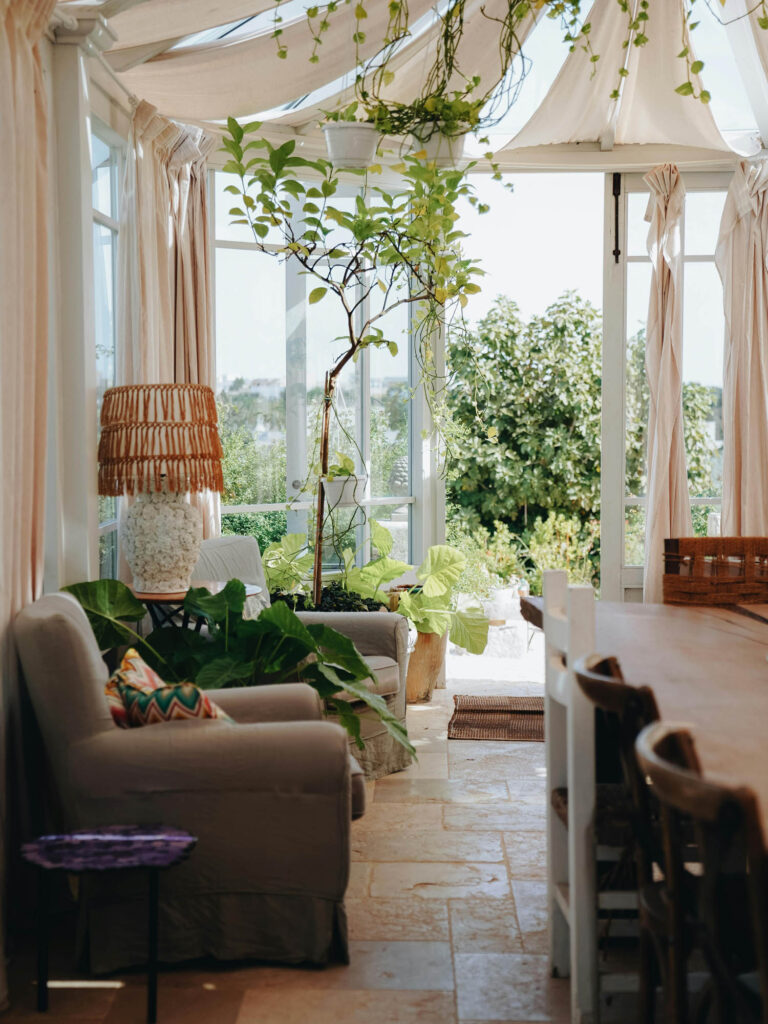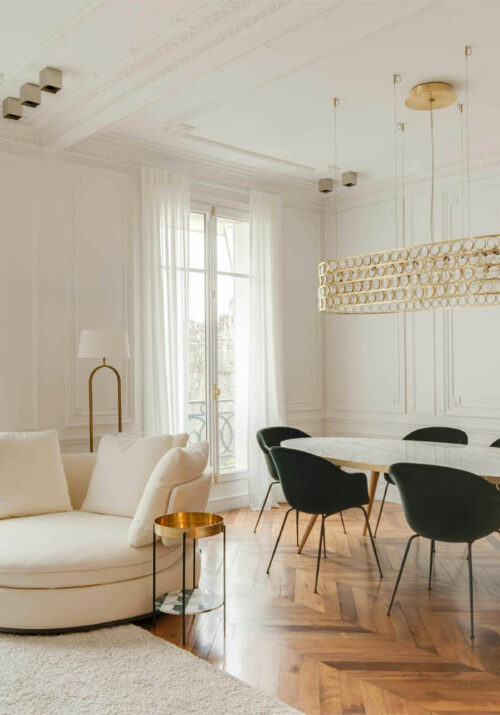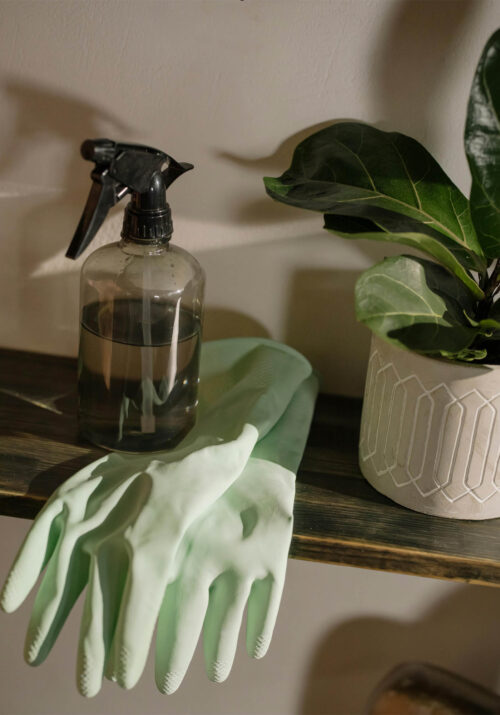Have you ever felt the sudden urge to move around your furniture? Or perhaps you’ve noticed a sense of refreshment after rearranging your living room layout? It’s no coincidence. The act of rearranging furniture goes beyond mere aesthetics; it delves into the realm of psychology, affecting our emotions, productivity, and overall well-being.
In this blog post, we’ll explore the fascinating world of interior design psychology and uncover the mental impact of redesigning your space.

Understanding the Urge to Rearrange
Have you ever wondered why you feel compelled to rearrange your furniture from time to time? The answer lies in human psychology. Our environment has a profound impact on our mood and behavior. Over time, we become accustomed to our surroundings, and the novelty wears off. Rearranging furniture introduces novelty, triggering a sense of excitement and satisfaction. This urge is rooted in our innate desire for change and novelty, a concept known as the “mere exposure effect.”
Creating a Sense of Control
Rearranging furniture empowers us to take control of our environment. In a world filled with uncertainty, having control over our surroundings can provide a sense of stability and security. By rearranging furniture, we assert our autonomy and create a space that reflects our preferences and personality. This sense of control can boost confidence and reduce feelings of anxiety or stress.
Enhancing Productivity and Creativity
The layout of our space significantly influences our cognitive abilities. A well-designed environment can enhance productivity and foster creativity. By rearranging furniture to optimize functionality and flow, we create a conducive space for work, study, or creative pursuits. For example, placing a desk near natural light can improve focus and energy levels, while decluttering can reduce cognitive overload and enhance mental clarity.
Emotional Impact of Space
Our surroundings evoke emotional responses, whether consciously or subconsciously. The arrangement of furniture can evoke feelings of comfort, warmth, and coziness, or conversely, feelings of unease and restlessness. By strategically rearranging furniture, we can cultivate positive emotions and improve our overall mood. For instance, incorporating soft textures and warm colors can create a welcoming atmosphere, promoting relaxation and tranquility.
Promoting Social Interaction
The layout of a space influences social dynamics and interaction patterns. By rearranging furniture to encourage face-to-face communication and social engagement, we create opportunities for meaningful connections with others. Whether it’s arranging seating in a circle to facilitate group discussions or creating intimate seating areas for one-on-one conversations, thoughtful furniture placement can foster a sense of community and belonging.
Unlock the fascinating insights into the psychology behind rearranging furniture, exploring how simple adjustments can transform the ambiance and functionality of your living space. Keep reading to delve deeper into the art of spatial arrangement.
Stimulating Cognitive Engagement
The arrangement of furniture can stimulate cognitive engagement and brain activity. Studies have shown that dynamic environments, where furniture is regularly rearranged, promote neuroplasticity—the brain’s ability to adapt and form new connections. By periodically changing the layout of our space, we keep our minds active and engaged, potentially improving cognitive function and staving off mental decline.

Reflecting Personal Growth and Evolution
Our tastes and preferences evolve over time, reflecting our personal growth and experiences. Rearranging furniture allows us to visually chart our journey and express our evolving identity. Whether it’s swapping out old pieces for new ones or experimenting with different styles, the process of redesigning our space mirrors our inner transformation, providing a tangible representation of our journey through life.
Fostering a Sense of Renewal and Optimism
In times of change or transition, rearranging furniture can symbolize a fresh start and a sense of renewal. It’s a tangible way to shake off the old and embrace the new, fostering a sense of optimism and possibility. Whether you’re starting a new chapter in life or simply craving a change of scenery, rearranging your space can instill a renewed sense of energy and purpose, setting the stage for positive growth and transformation.
In interior design, it’s crucial not to feel stuck to just one layout or design because our needs, preferences, and lifestyles are constantly evolving. Just as we grow and change, so too should our living spaces adapt to accommodate these shifts. Embracing flexibility and openness to experimentation allows for continual innovation and optimization of our environments.
Moreover, being confined to a single layout or design can limit creativity and hinder the potential for personal expression. By remaining open to change and exploration, we unlock the opportunity to create dynamic, functional, and aesthetically pleasing spaces that truly reflect who we are and how we live. Remember, the beauty of interior design lies in its ability to evolve and adapt alongside us, offering endless possibilities for transformation and self-expression.
In conclusion, the act of rearranging furniture goes beyond mere decoration; it’s a powerful tool for shaping our mental and emotional well-being. By understanding the psychology behind interior design, we can harness the transformative power of space to enhance our lives. Whether you’re seeking a sense of control, a boost in productivity, or simply a change of scenery, don’t underestimate the impact of redesigning your space.
So go ahead, unleash your creativity, and transform your environment to create a space that truly reflects who you are.











